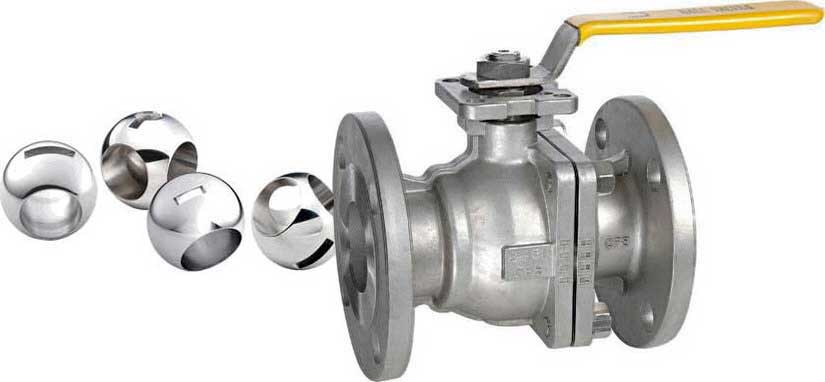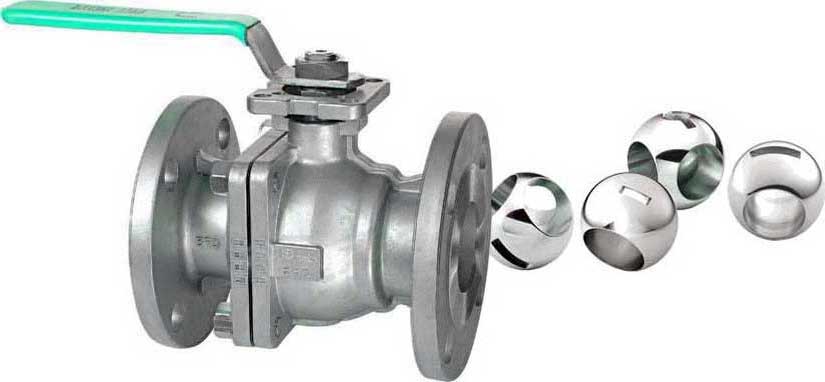Bubble-Tight Valves
Valve leakage is one of the main problems in industrial processes. Different clothing standards are specified by different organizations. Valves undergo pressure tests that determine whether they provide permissible leakage, no leakage, or bubble tightness.
Permissible leakage
Some valves have a permissible leakage rate. These rates differ depending on which organization sets them. Common organizations for allowed leakage are API, ANSI, MSS, and ASME. Depending on the diameter of the pipe, the leakage rate is determined. If the valve leaks even a drop more than the specified amount, it does not pass the pressure test and therefore does not meet the relevant standard.
Zero leakage
Some valves are made for the purpose of eliminating leakage of any kind. More often than not, soft-seated valves are able to achieve no leakage more easily than metal seated valves because of the flexible seat. It is much more difficult to achieve zero leakage with metal seat valves, because the seat materials must be perfectly mounted.
Bubble-Tight Valves
Bubble-tight valves do not pass bubbles when they are completely closed. Bubble tight is when one part of the valve is in water and the other is pressurized by air/nitrogen. The testing standards look for the bubbles in a certain amount of time. If the bubbles are released, the valve is not bubble-tight and the test has not failed.
The ANSI VI leakage classification test is performed with air or nitrogen, but there are also cases where helium or a mixture of helium and nitrogen is used.

Ball valves are one of the most commonly used valves in industrial equipment and systems to control fluid flow. Depending on the systems and applications, many industrial setups require bubble-tight systems that are successfully achieved using ball valves, particularly for chemical processing applications.
Metal-Seated Valves
Metals have a higher resistance to temperature and wear. Therefore, this type of ball valve can be exposed to temperatures of 538°C (1000°F) and is ideal for corrosive applications. These metals can be further hardened by using appropriate processes such as spraying or hard-facing using tungsten carbide.
The sealing surfaces of the valve with metal seat undergo a finishing process called lapping. They are finished smooth with a suitable abrasive to ensure close contact between the sealing surfaces.
Metal ball valves can withstand extreme process temperatures and pressures. These ball valves are critical for various industrial applications where massive changes in fluid flow conditions occur. Temperature fluctuations associated with heating can cause expansion of the valve lining.
In other cases, severe temperature drops can cause shrinkage, which can deform internal valve components. Requiring a valve capable of reliably sealing despite these extremes remains a critical reason that many applications necessitate the selection of such ball valves with metal seats.
These valves are also used for corrosive liquids. The metal seat withstands multiple cycles controlling the flow of chemicals, acids and abrasive fluids. A major cause of valve leakage is the erosion-corrosion of the seat, seals and internal valve components. When in contact with the operating fluids, the valve seat resists corrosion from abrasion and corrosion. It provides a good seal to enable long-term fluid service.
The excellent sealing properties of ball valves with metal seats make them suitable for pipelines carrying flammable liquids. They are also used in fire suppression systems and chemical processing plants.
Such valves increase operational safety because they do not allow small fluid leaks. They can withstand excessive pressure due to fluid pressure and viscous liquids, thus increasing the efficiency and safety of piping systems in various facilities.

Soft-Seated Valves
Soft seats are usually made of thermoplastics and are excellent when the fluid is chemically reactive. However, they have limitations when used with abrasive or hard, dirty fluid. This type of valve is cost effective compared to valves with metal seats.
Soft-seated valves are widespread in bubble-tight fluid applications because of their excellent sealing properties and chemical compatibility. Soft-seat valves exhibit excellent sealing characteristics in low- and medium-pressure processes and fluid applications operating at temperatures below 260°C (500°F).
Soft-seal valves are essential for Class VI valve applications and provide adequate sealing against leaks and fugitive emissions in chemical process pipelines.
The base material for manufacturing soft valve seals is often reinforced with various compounds to enhance their performance in various fluid applications. They can be backed with glass, graphite or fibers. These seats have unique designs that determine the allowable process temperature and pressure.
Conclusion
Achieving bubble-tight systems can be difficult, but the mechanism and body of ball valves offer exceptional sealing characteristics and meet desired flow pressure and temperature requirements.
These characteristics of ball valves make them a good and popular choice for achieving bubble-tight systems and a more effective and therefore more valuable choice than other economical alternatives.